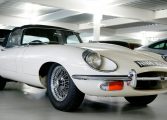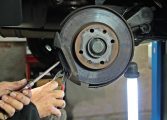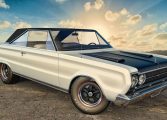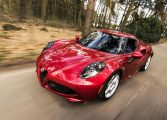American Classic Cars: An In-Depth Look into the Icons of American Automotive History

Introduction
As the epitome of American automotive nostalgia, American classic cars hold a special place in the hearts of car enthusiasts worldwide. This article delves into the captivating world of American classic cars, providing a comprehensive overview of their significance, different types, popularity, and the factors influencing purchase decisions. Let’s embark on a journey through time, exploring the heritage and charm of these timeless automobiles.
Overview of American Classic Cars
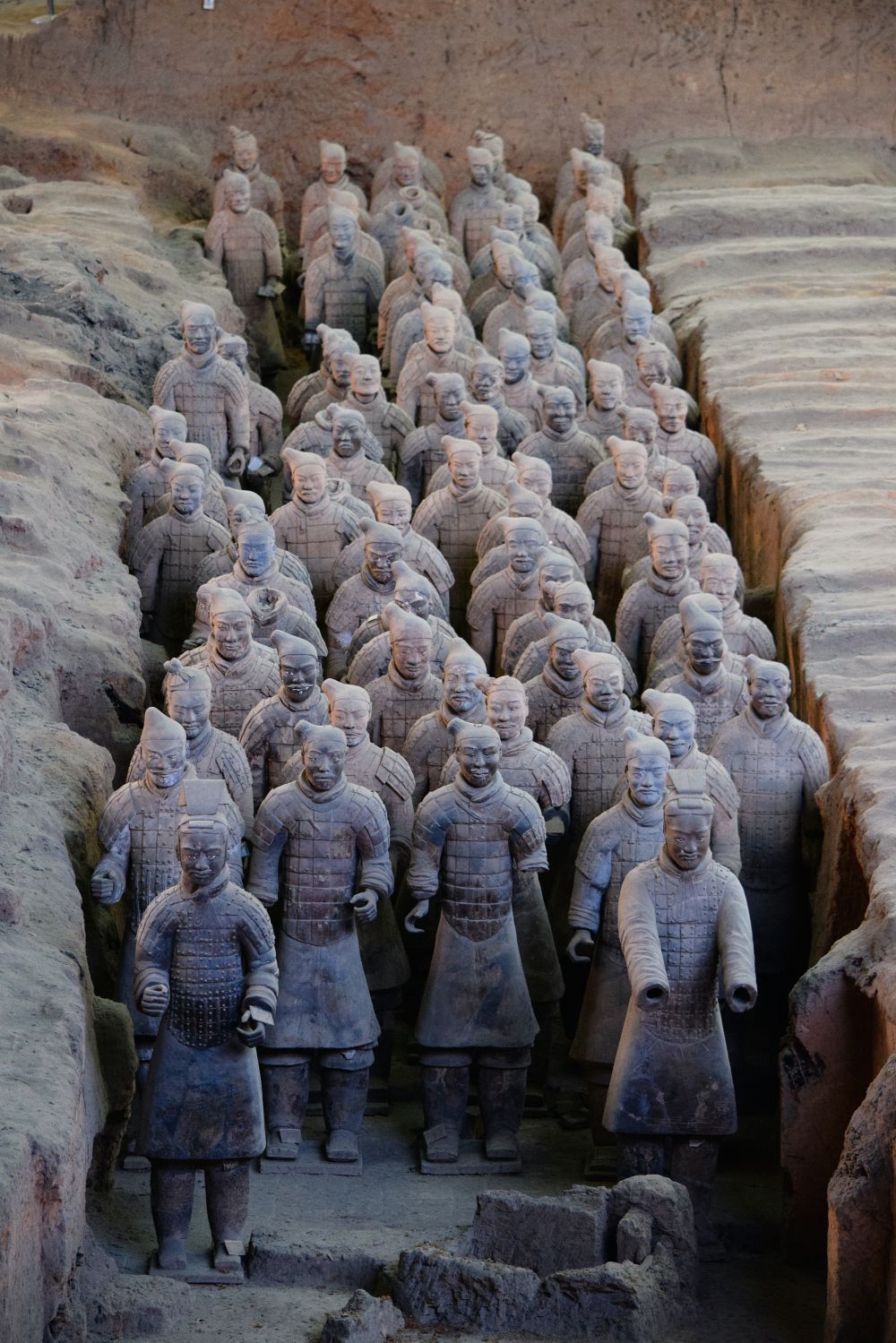
American classic cars refer to vintage vehicles manufactured in the United States, typically dating from the early 1920s to the late 1970s. These cars represent an era of design excellence, embodying unique styles, exquisite craftsmanship, and the pioneering spirit of American automobile manufacturers. From iconic muscle cars to luxurious cruisers, American classics hold a diverse range of models, each with its distinct features and characteristics.
Types and Popularity of American Classic Cars
American classic cars encompass various genres, including muscle cars, hot rods, antique cars, and luxury vehicles. Muscle cars, such as the legendary Ford Mustang and Chevrolet Camaro, are known for their powerful engines and aggressive aesthetics. Hot rods, on the other hand, are highly customized vehicles, often modified for enhanced performance and appearance. Antique cars evoke a sense of elegance and sophistication, with models like the Cadillac Eldorado and Packard 120 being admired for their timeless appeal. Luxury classics, represented by prestigious brands like Lincoln and Cadillac, offer a combination of comfort, style, and exclusivity.
Quantitative Measurements of American Classic Cars
The popularity and monetary value of American classic cars are often measured through various metrics. One such metric is the auction market, where these vintage beauties change hands for staggering prices. The number of units produced, rarity, condition, and historical significance play crucial roles in determining the value. For instance, a well-preserved iconic model, such as the Shelby Cobra, can fetch millions at auctions, reflecting the enduring allure of American classics.
Differences Among American Classic Cars
Although American classic cars share a common heritage, they differ in terms of design, performance, and cultural impact. Each manufacturer had its signature style and engineering philosophy, resulting in diverse aesthetics and driving experiences. For example, Ford’s Mustang represented affordable performance for the masses, while Cadillac exhibited luxury with its elegant designs and plush interiors. Additionally, muscle cars from Chevrolet and Dodge embodied raw power and aggression, appealing to speed enthusiasts. Understanding these distinctions allows collectors and enthusiasts to appreciate the nuances of each American classic car.
Historical Examination of Pros and Cons of American Classic Cars
American classic cars offer a blend of advantages and disadvantages, shaped by their historical context. On one hand, they evoke an essence of nostalgia, capturing the spirit of a bygone era. Owning and driving these timeless automobiles can provide a unique sense of pride and connection to American heritage. However, maintenance and restoration costs can be substantial, and availability of spare parts may pose challenges, especially for rarer models. Additionally, fuel efficiency may be a concern for certain classic cars with larger engines, given the advancements in environmental consciousness.
Factors Influencing Purchase Decisions for Car Enthusiasts
Purchasing an American classic car involves careful consideration of various factors. Authenticity and originality are highly valued, with collectors seeking vehicles that retain their original components and features. Rarity, historical significance, and provenance also influence buyer decisions, as owning a piece of automotive history holds immense appeal. Condition, restoration quality, and overall investment potential are additional decisive factors.
Conclusion
American classic cars have become iconic symbols of American automotive history, captivating car enthusiasts with their timeless allure. From muscle cars to luxurious cruisers, each model reflects a distinct era and design philosophy. Understanding the nuances of these classics allows enthusiasts to truly appreciate the heritage and craftsmanship that went into their creation. Whether cruising down the open road or being showcased at prestigious events, American classic cars continue to evoke a sense of awe and admiration.
[INSERT VIDEO HERE]
References:
1. Adams, Keith. ”The Illustrated Directory of American Cars.” MBI Publishing Company, 2012.
2. Gunnell, John. ”American Cars of the 1960s: A Decade of Diversity.” Motorbooks, 2005.
3. Langworth, Richard. ”The Complete Book of Classic American Cars.” Motorbooks, 2016.
4. Lentinello, Richard. ”American Cars of the 1950s.” Crestline Publishing, 2017.


















